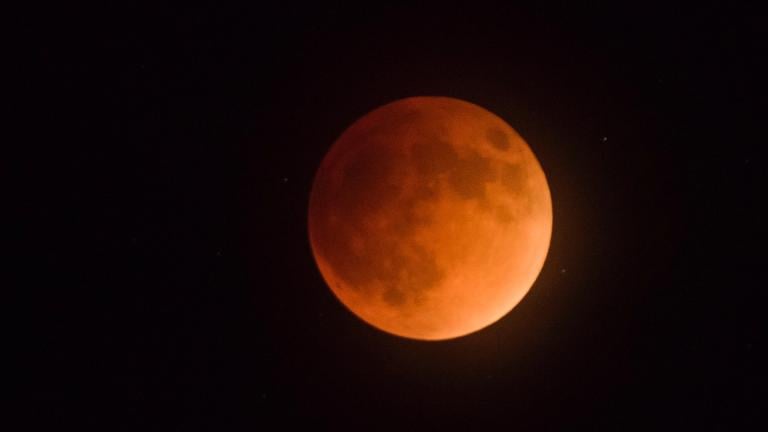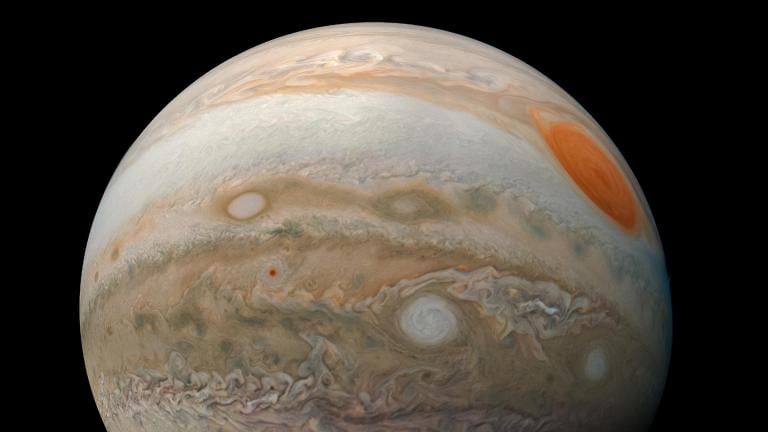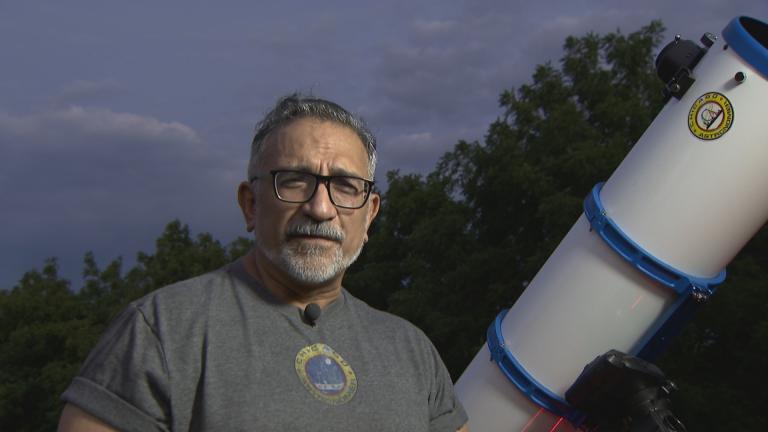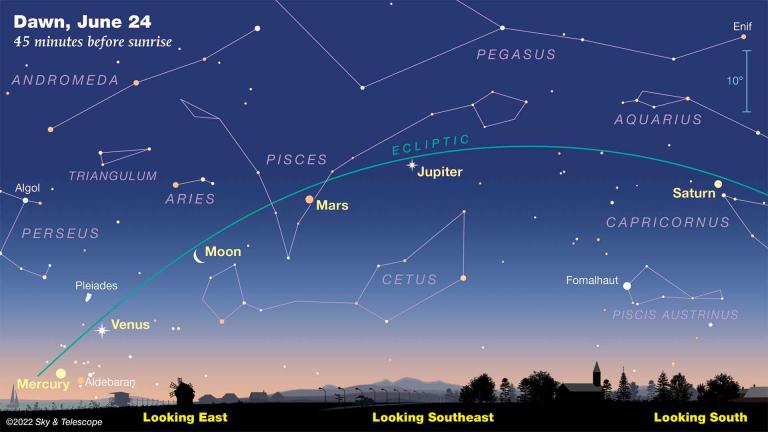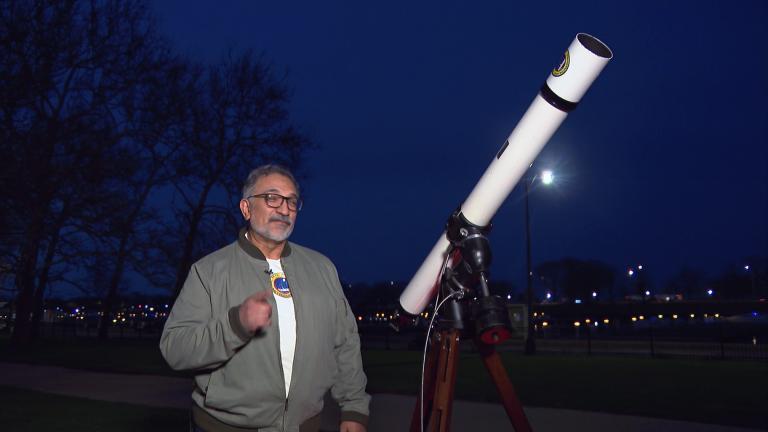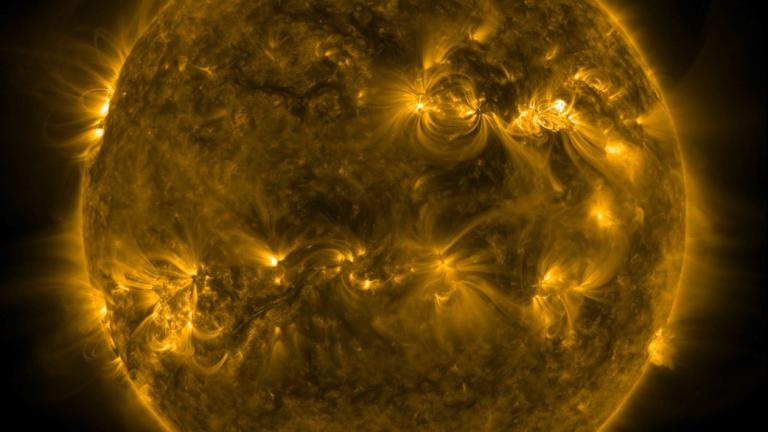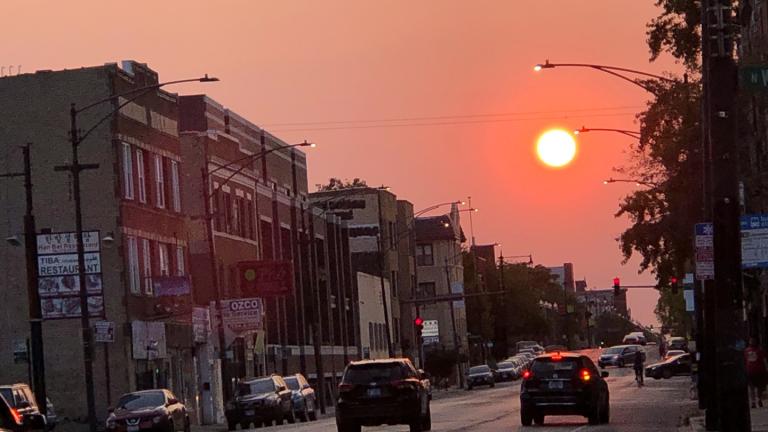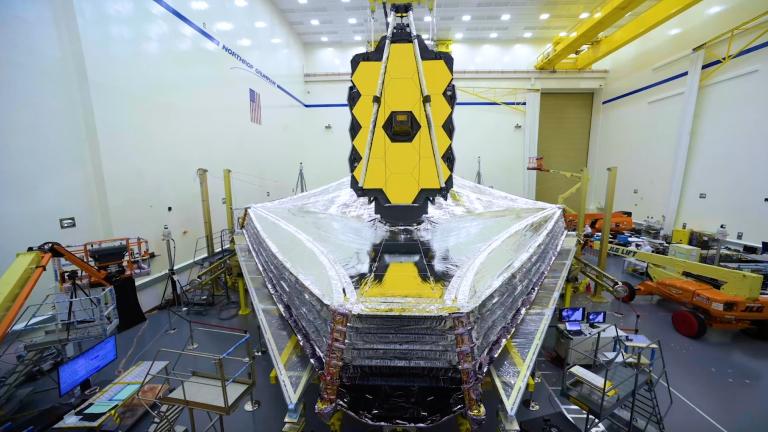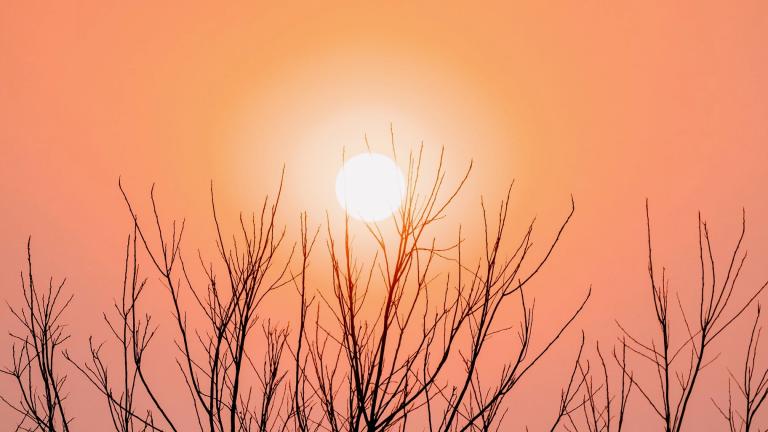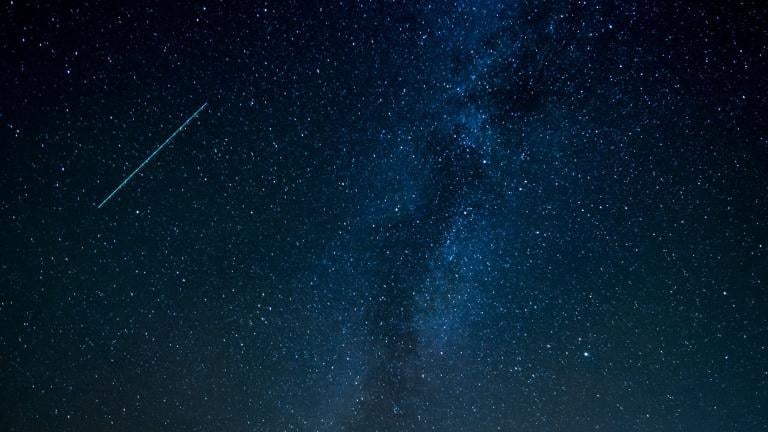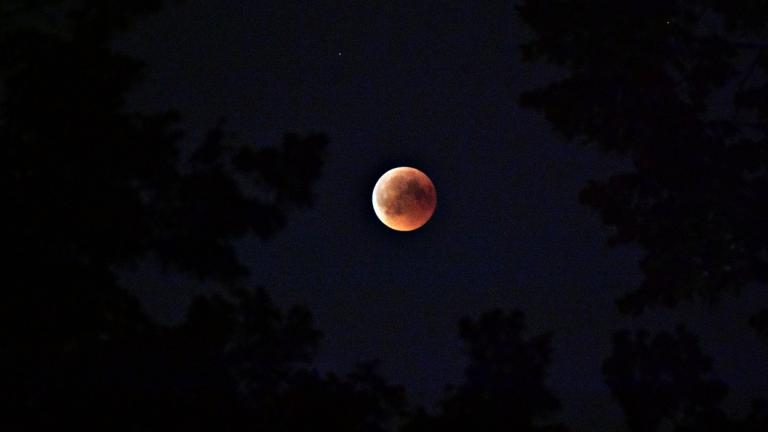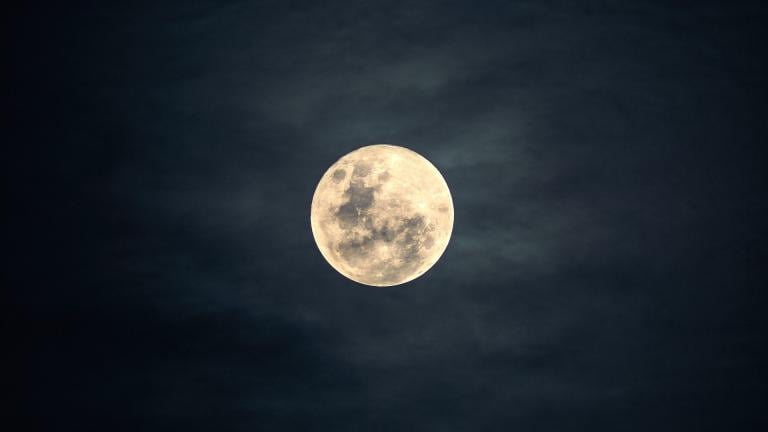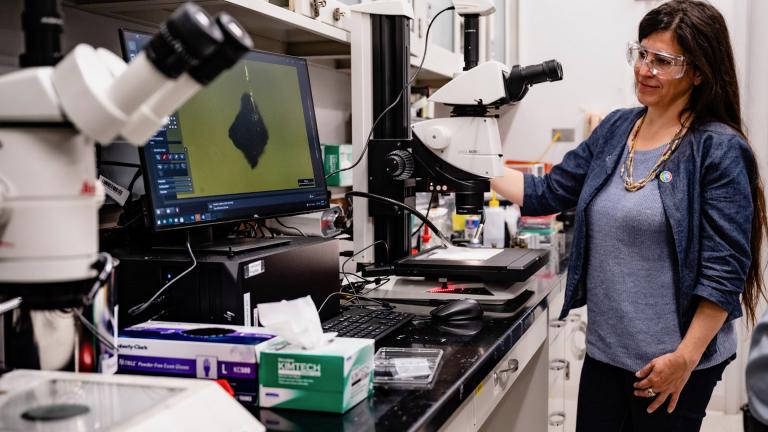Election Day 2022 will kick off with a pre-dawn total lunar eclipse. There won't be another like it until March 2025.
Astronomy
Jupiter is making its closest approach to Earth since 1963 on Monday night, and the views should be especially spectacular.
While this year's that display might be a little harder to see than in past years, Chicago Astronomer Joe Guzman says it’s still worth getting out there and looking up.
The five planets that are visible to the naked eye are now lining up in a particularly unique formation in the early morning hours, all of them appearing in the same part of the sky. Want to catch the show? We’ve got tips.
After a string of clear, sunny days, rain and clouds are expected to move in for the weekend. Depending on the extent of the cloud cover, the eclipse could still deliver an “ooh-aah” moment, or it could be a womp-womp for Chicago.
A celestial show is coming to Chicago next weekend - on the evening of Sunday, May 15, a lunar eclipse will grace the night skies. Chicago astronomer Joe Guzman says it's a great reason to spend an evening moongazing.
The Sun put on a spectacular show Wednesday, emitting a “significant solar flare,” according to NASA. Now scientists are bracing to see what the resulting space weather will have in store for Earth.
Equinoxes are always extra special in Chicago, thanks to the city’s grid. The sun rises due east and sets due west on the equinox, creating a phenomenon known as “Chicagohenge“ (in reference to Stonehenge), when the sun is strikingly framed by the city’s skyscrapers. The official start of astronomical spring takes place Sunday at 10:33 a.m.
The highly anticipated launch of the James Webb Space Telescope has been delayed multiple times.
NASA prepares to launch the most powerful space telescope ever. Local astronomers share some up-close details.
Celebrate the winter solstice Tuesday at a solar gazing event on the 606 Bloomingdale Trail, which boasts a solstice “notch” to frame sunsets.
Comet Leonard, discovered in January of this year by astronomer Greg Leonard, is racing toward the sun and will make its closest pass of Earth in the coming days. The Adler Planetarium is hosting a viewing session Tuesday morning.
For once, the weather cooperated in Chicago. Astronomers at the Adler Planetarium proclaimed: “What a stellar view!”
If the skies are clear, Chicagoans will have an excellent chance of seeing the eclipse Friday morning, with the best hours for viewing the event being approximately 1:30-4:30 a.m.
A NASA mission to deflect an asteroid – it’s been the premise for more than one Hollywood movie – but next month NASA launches its DART mission that aims to do it for real.
Tiny fragments from an asteroid could shed light on the early development of the solar system, thanks to the unique capabilities of Argonne National Laboratory.

